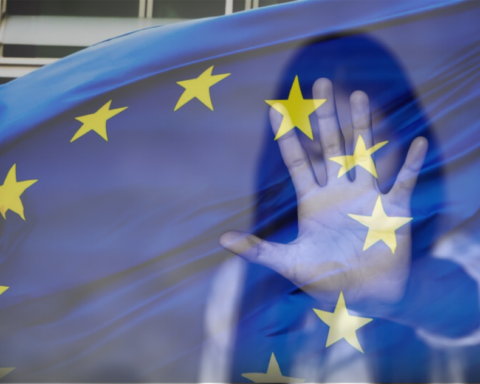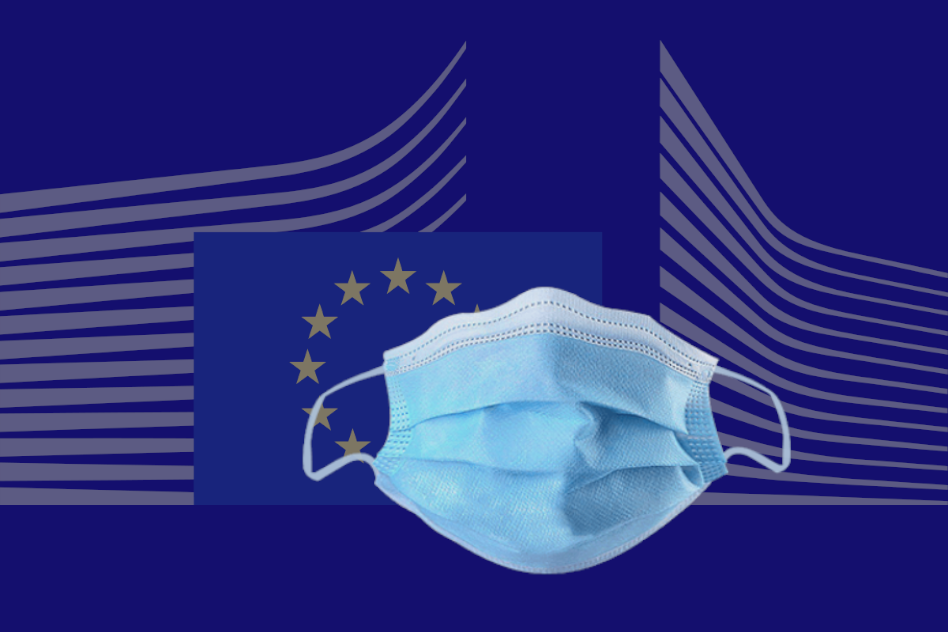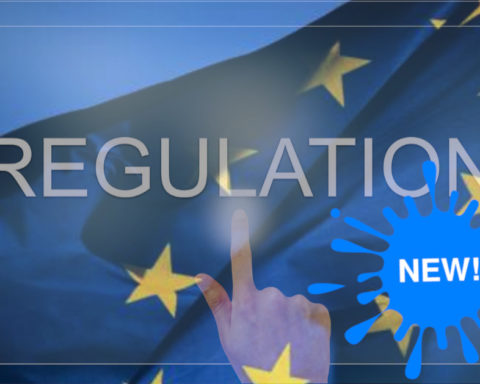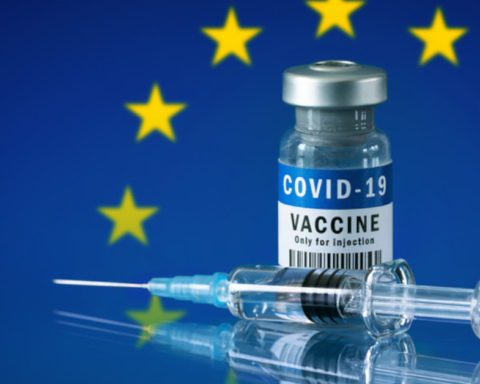The European Commission is conducting a public consultation as part of the ongoing review of EU Regulation 2019/125 of 16 January 2019 (the Anti-Torture Regulation or the Regulation). The EU’s Anti-Torture Regulation reflects the EU’s commitment to the eradication of torture and the death penalty through measures to control and prevent the trade in certain goods that could be used for capital punishment or torture or other cruel, inhuman or degrading treatment.
By Philippe Zamboni di Salerano and Bert Gevers, Loyens & Loeff | May 5, 2020
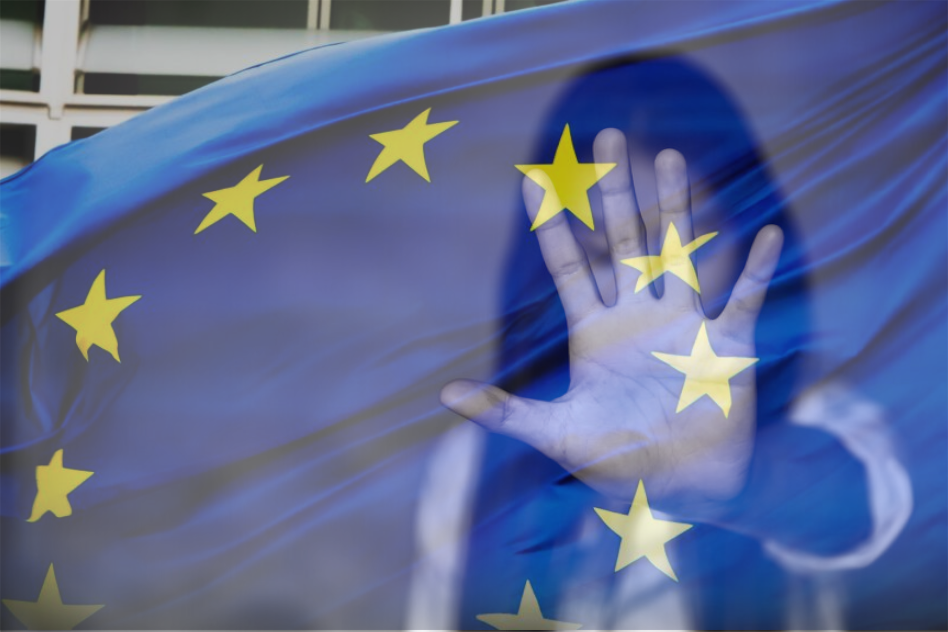
This Regulation promotes the values in line with the standards on human rights enshrined in core United Nations human rights conventions and at the EU level in the Charter of Fundamental Rights, and compliance with International Humanitarian Law. Compared to other trade control regulations (including the Dual Use Regulations and the various economic sanctions regulations) this one is – although relevant – often less discussed among exporters.
Firstly, the Regulation prohibits the export from and import into the EU of goods that have no practical use other than for the purposes of capital punishment or torture.
The Anti-Torture Regulation lays down certain restrictive Union rules concerning trade and the provision of brokering services, technical assistance, training and advertising. The regulation bans:
- exports and imports of goods which have no practical use other than for the purpose of capital punishment or for the purpose of torture and other cruel, inhuman or degrading treatment or punishment (Annex II);
- the provision of technical assistance in respect of such goods;
- brokers and suppliers of technical assistance from providing training on the use of such goods to non-EU countries; as well as both:
- the promotion of such goods in trade fairs or exhibitions in the EU, and
- the sale or purchase of advertising space in print media or on the Internet, and of advertising time on television or radio, in relation to such goods.
Secondly, the Anti-Torture Regulation sets out rules for exports of goods that could be used for capital punishment or for torture subject to a prior export authorization issued by the competent authorities of the EU Member States.
The lists of prohibited and controlled goods are provided in the Annexes to the Regulation as follows:
- Annex I lists the EU countries’ competent authorities permitted to issue such authorisations. Competent authorities must not grant an authorization if there are reasonable grounds to believe that the goods could be used for capital punishment or torture. No authorization is required for goods that only pass through the EU’s customs territory.
- Annex III lists the goods that could be used for the purpose of torture or other cruel, inhuman or degrading treatment or punishment are listed in Annex III. This annex does not include:
- firearms controlled by Regulation (EU) No 258/2012;
- dual-use items controlled by Regulation (EC) No 428/2009;
- goods controlled in accordance with Common Position 2008/944/CFSP.
- Annex IV lists the goods that could be used for the purpose of capital punishment and have been approved or actually used for capital punishment by one or more non-EU countries that have not abolished capital punishment.
- Annex V Part 3 sets out the conditions and requirements for the issuing of an EU ‘General Export Authorization’. Part 2 of the same annex lists destination countries for which export authorizations are not required.
- Annexes VII, VIII, and IX set out the form requirements regarding the authorizations for export, import, and transit and for brokering services and technical assistance. All such authorizations are valid throughout the EU. EU countries’ authorities may refuse to grant an export authorization and cancel, suspend, amend or withdraw an authorization that has already been granted.
Article 32 of the Regulation states that by 31 July 2020, and every five years thereafter, the European Commission should carry out a review of the implementation of the Regulation.
In this regard, the Commission invites representatives of civil society (NGOs, specialized political organizations, think tanks), academic and / or research institutions, international organizations, government / state bodies, as well as the economic operators concerned by trade in goods covered by the Regulation to express their views.
These views may address the substantive provisions (scope of prohibited and/or regulated goods) and/or the procedural provisions of the Regulation, including any suggestions on how it could be adapted to be more efficient. In this respect it should be highlighted that in the framework of the EU Dual Use Recast (still in progress) some experts voiced that this Regulation culd have been a better tool to include new European autonomous human rights driven controls like on cyber surveillance equipment.
The Commission will publish the responses to this public consultation and has made optional the choice whether or not a participant would like to have its details made public.
The deadline for submitting contributions to the consultation is May 13, 2020. The online questionnaire can be viewed here.
Unless other reviews this consultation does not include specific questions which could highlight a certain policy direction, but is just an open call for reflection.
- On the EU Global Human Rights Sanctions Regime - December 17, 2020
- L’UE lance une consultation publique sur le règlement anti-torture - May 7, 2020
- EU has launched public consultation on Anti-Torture Regulation - May 7, 2020




